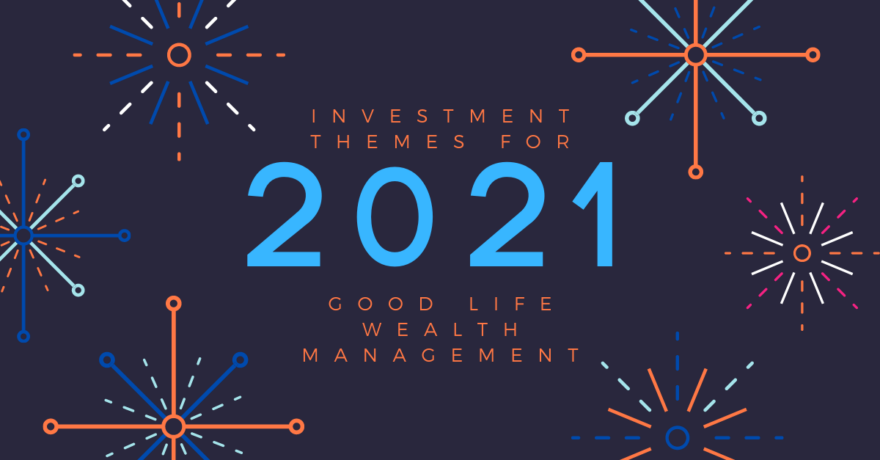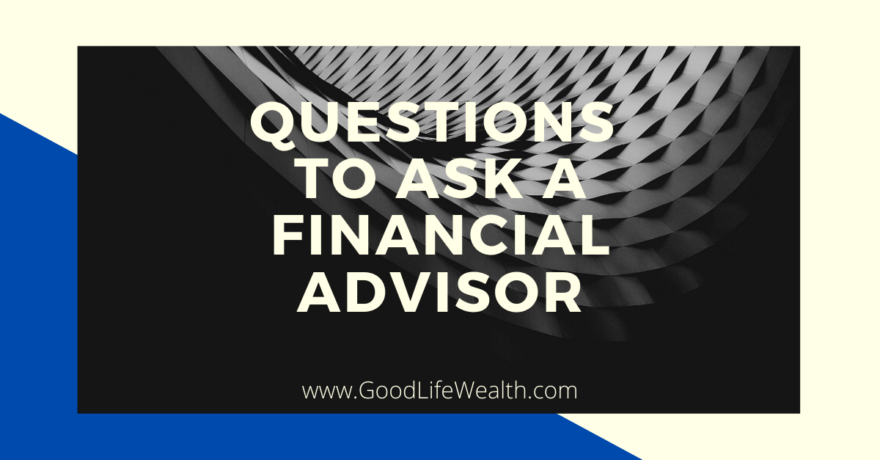Today we are going to discuss our top Investment Themes for 2021. I’ve stated that predictions are generally worthless, and 2020 certainly proved this point. 12 months ago, no one anticipated the massive impact of the Coronavirus. And the lightning speed of the stock market recovery remains shocking.
From its highs in February, US Stocks fell 35% to March 23. The recovery saw a 65% rally, with the S&P 500 Index ending the year up 17.6%. It was a mind-boggling year for investors, but I think we can count our blessings. This was the fastest Bear Market and recovery in history. Compared to the previous two Crashes, investors felt compelled to stay the course this year. And this proved wise.
(Here’s what I wrote to investors on March 21: Stock Crash Pattern.)
So, where do we go from here? Will 2021 unwind all the gains of 2020? My philosophy remains that we do not need to predict market movements or time the market to be successful. As a long-term investor, my approach to tactical investing is based on over-rebalancing. Think of rebalancing – trimming categories which rose (and became expensive) and adding to what became cheap. We overweight the assets which are cheaper.
We remain fully invested in our target allocation, but the weighting of funds can change from year to year. In some years, we own assets which lag other categories. That’s okay. That’s part of being a diversified investor. We want to avoid chasing performance.
Trades for 2021
- US large cap growth has become very expensive. For 2021, we are shifting some of our large cap growth to a mid cap growth fund. The valuations there are not as elevated.
- US small cap appears to have turned. Q4 of 2020 was the best quarter for small cap in 30 years. We added to small cap in our Growth and Aggressive models.
- Emerging Markets have a high expected long-term return. We remain overweight in EM.
- Value stocks lagged growth names again in 2020. (Growth stocks performance was highly concentrated in a small number of tech stocks such as Facebook, Amazon, Alphabet, and Tesla.) We are committed to our Value Funds and believe that they are compelling today.
- Bond yields fell in 2020 to all-time lows. The US Aggregate Bond Index had a return of 7.4%, but most of that was from prices increasing. Less than 2% came from yield. So, we finished 2020 with terrible yields – less than 1% on a 10-year Treasury bond.
- Yields were up in the first week of 2021, and bond investors are seeing falling prices. We are positioned towards the short-end of the yield curve and want to avoid chasing high yield today.
- Fixed Annuities remain a good substitute for CDs and Bonds for investors who don’t need liquidity. We can get a 5-year annuity at 3.0%.
- There are relative values within municipal bonds and Emerging Markets debt. Other than that, we expect very low returns from bonds. Own them for diversification. They provide ballast if your stocks are down and give you the ability to rebalance.
- We trimmed some short-term bonds and added to Preferred Stocks. Although many are priced at par today, we can get yields of 4-6%. This is an attractive middle ground between the volatility of stocks and the 0-1% yields of bonds.
- Both stocks and bonds are at all-time highs right now, and that makes alternatives compelling. In addition to Preferred Stocks, we have positions in Convertible Bonds and a Hedge Fund Strategy mutual fund.
Adding Value
We certainly hope markets will rise in 2021, but there’s no guarantee that will happen. I can say that we added value in 2020 in three other ways:
- In March, we harvested losses in taxable accounts. For example, we sold one large cap ETF and immediately replaced it with a different large cap ETF. Losses will offset capital gains distributions and will carry forward indefinitely.
- We rebalanced in March, trimming bonds and buying stock ETFs which were down. These trades proved profitable, although they didn’t feel so good when the market was crashing.
- We stayed the course throughout the year. Selling during a panic like March would have been disastrous. We believe that planning and behavior are fundamental to success.
Our investment themes for 2021 are not predictions. We can’t control what the market will do. Our focus is to think long-term, stay diversified, and keep costs and taxes down. Still, our portfolio models are not static. We make changes to the weightings of our Core positions based on their relative valuations. And we add or remove Satellite positions that are attractive for the current environment.
Investments are a tool to grow your wealth and achieve your financial and life goals. While I enjoy discussing investments, more of my conversations with clients are around their objectives and making sure they are on track. And that’s how it should be.
Behind the scenes, a lot of research, thought, and analysis goes into our investment management decisions. If you’d like to ask about your portfolio and how we invest, please give me a call.










